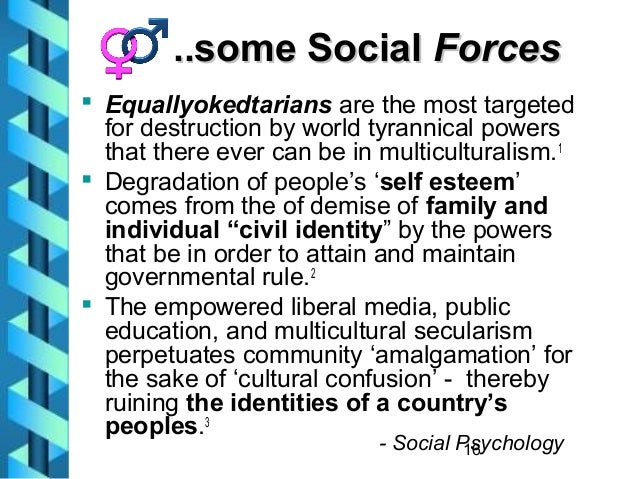


The city with its specific functional specialization cast these social groups in its mould, resulting in the assimilation of diverse elements into a universal (Europeanized) urban ethos. The underlying idea was to examine the social content of the urban space which resulted from coming together of diverse ethnic groups within a city. Socio-geographical studies of population distribution and ethnic composition in urban areas emerged as a major trend during this phase. The process of urbanization had thrown up issues of social concern such as access to civic amenities and housing and the related socio-pathological issues, such as incidence of crime, juvenile delinquency and other expressions of mental ill-health. This was understandable as population in the Anglo-Saxon and American world was overwhelmingly concentrated in the urban areas. In fact, during the twenties and the thirties of the twentieth century, social geography started its agenda of research with the study of population as organized in settlements, particularly urban settlements. Up to 1945, social geography was mainly concerned with the identification of different regions, themselves reflecting geographic patterns of association of social phenomena. “…it stressed both the humanistic nature of the geographical world… and the classificatory nature of… human geographical work…”.

The view of social phenomena is all-embracing and holistic, based on the totality of human interaction with environment.Įyles also visualized social geography as a continuation of the philosophy of Vidal de la Blache and Bobek:

Eyles saw the antecedents of contemporary social geography in the development of the philosophy of possibilism in the late nineteenth century. This has attracted scholarly attention, particularly since 1945 when all-embracing changes in the political and economic order of the world started casting their shadows on the global society.Īs compared to the other branches of geography social geography has a certain amount of recency. Besides the patterns, the way the social phenomena express themselves in space may become a cause of concern as well. The end-product of human activity may be perceived in the spatial patterns manifest in the personality of regions each pattern acquiring its form under the overarching influence of social structure. The term ‘social phenomena’ encompasses the whole framework of human interaction with environment, leading to the articulation of social space by diverse human groups in different ways. However, the term ‘social phenomena’ is in it nebulous and might be interpreted in a variety of ways keeping in view the specific context of the societies at different stages of social evolution in the occidental and the oriental worlds. The idea which has gained popularity with the geographers is that social geography is an analysis of social phenomena as expressed in space. In the popular perception the distinction between social and cultural geography is not very clear. The term ‘social geography’ carries with it an inherent confusion.


 0 kommentar(er)
0 kommentar(er)
